11 Best Herbal Creams For Dry Lips
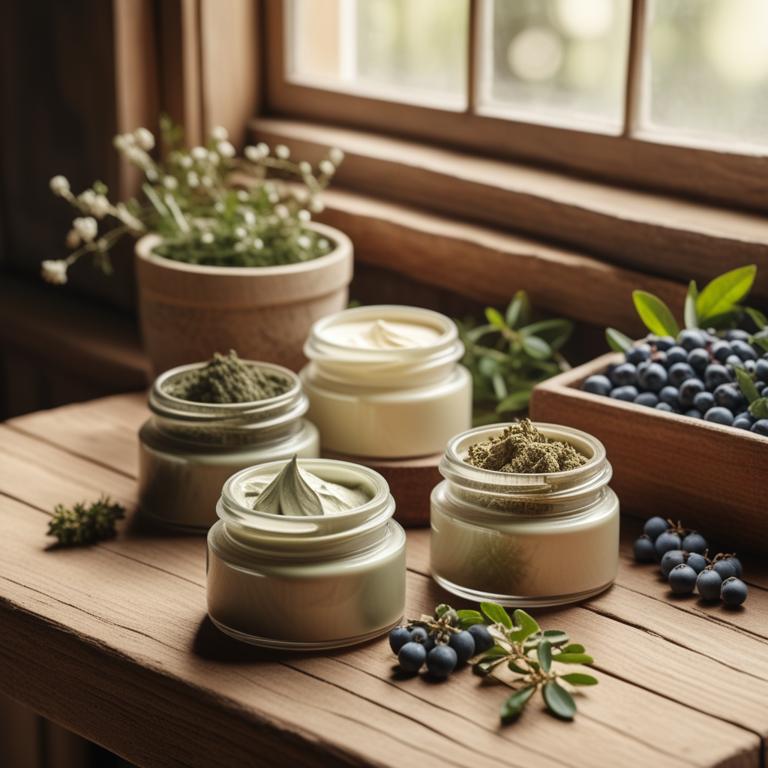
Herbal creams for dry lips are topical products made from natural ingredients, derived from plants and herbs, designed to soothe, moisturize, and protect dry and chapped lips.
These creams offer numerous benefits, including rapid hydration, anti-inflammatory properties, and protection from environmental stressors, making them an effective and gentle solution for treating dry lip ailments.
Examples of herbal creams used to treat dry lips include Aloe Vera, Coconut Oil, Beeswax, Shea Butter, Vitamin E, Olive Oil, and Tea Tree Oil, all of which are known for their moisturizing and anti-inflammatory properties, while others like Echinacea and Calendula offer additional immune-boosting and anti-inflammatory benefits.
By using these herbal creams, individuals can enjoy long-lasting relief from dry, chapped, and cracked lips, promoting healthy and comfortable lips all year round.
According to "Vojnosanitetski pregled", creams for dry lips may benefit from the use of olive oil squalene, as it was found to provide a significant reduction in transepidermal water loss and an increase in skin hydration.
Below there's a list of the 11 best herbal creams for dry lips.
- 1. Aloe vera creams
- 2. Calendula officinalis creams
- 3. Cannabis sativa creams
- 4. Chamomilla recutita creams
- 5. Crocus sativus creams
- 6. Echinacea purpurea creams
- 7. Eucalyptus globulus creams
- 8. Hamamelis virginiana creams
- 9. Hypericum perforatum creams
- 10. Lavandula angustifolia creams
- 11. Melissa officinalis creams
Also you may be interested in...
TODAY'S FREE BOUNDLE
Herb Drying Checklist + Herbal Tea Shopping List + Medicinal Herbs Flashcards
Enter you best email address below to receive this bundle (3 product valued $19.95) for FREE + exclusive access to The Aphotecary Letter.
$19.95 -> $0.00
1. Aloe vera creams

Aloe vera creams have been widely used to treat dry lips due to their soothing, moisturizing, and anti-inflammatory properties.
The gel extracted from the aloe vera plant contains bioactive constituents such as vitamins A, C, and E, as well as minerals like calcium and potassium, which help to hydrate and protect the lips from further dryness and irritation.
Aloe vera creams help to treat dry lips by forming a protective barrier on the skin's surface, reducing inflammation and promoting the healing of chapped and cracked lips.
The benefits of using aloe vera creams to treat dry lips include rapid relief from discomfort, reduced risk of infection, and long-term moisturization to prevent future dryness and irritation.
Related Study
According to the Journal of education and health promotion, Aloe vera creams for dry lips are effective and safe alternatives as part of oral health care.
2. Calendula officinalis creams

Calendula officinalis creams are a popular herbal preparation used to treat dry, chapped, and cracked lips, offering relief from discomfort and promoting healthy lip tissue.
The anti-inflammatory and antimicrobial properties of calendula creams help to soothe and protect the lips from further irritation, while also promoting wound healing and tissue repair.
The bioactive constituents, including triterpenoids, saponins, and flavonoids, in calendula creams contribute to their therapeutic effects, reducing inflammation and promoting the regeneration of healthy skin cells.
By using calendula creams, individuals can benefit from their moisturizing and protective properties, enjoying softer, smoother, and healthier-looking lips.
3. Cannabis sativa creams
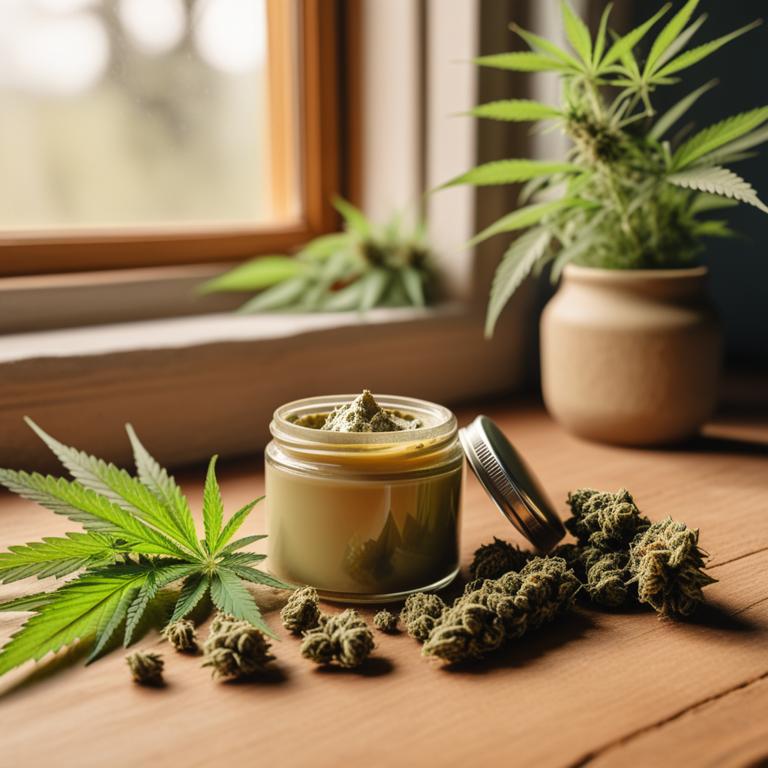
Cannabis sativa creams have been found to be an effective treatment for dry lips due to their moisturizing and soothing properties, which help to hydrate and calm dry, chapped skin.
These creams typically contain a combination of bioactive constituents, including cannabinoids such as CBD and THC, and terpenes like camphene and caryophyllene, which work together to reduce inflammation and promote healing.
The analgesic and anti-inflammatory properties of these bioactive constituents help to alleviate pain and discomfort associated with dry lips, while also promoting the regeneration of new skin cells.
By using Cannabis sativa creams, individuals can benefit from a natural and non-invasive treatment that provides long-lasting relief from dry, chapped lips without the need for harsh chemicals or artificial fragrances.
4. Chamomilla recutita creams
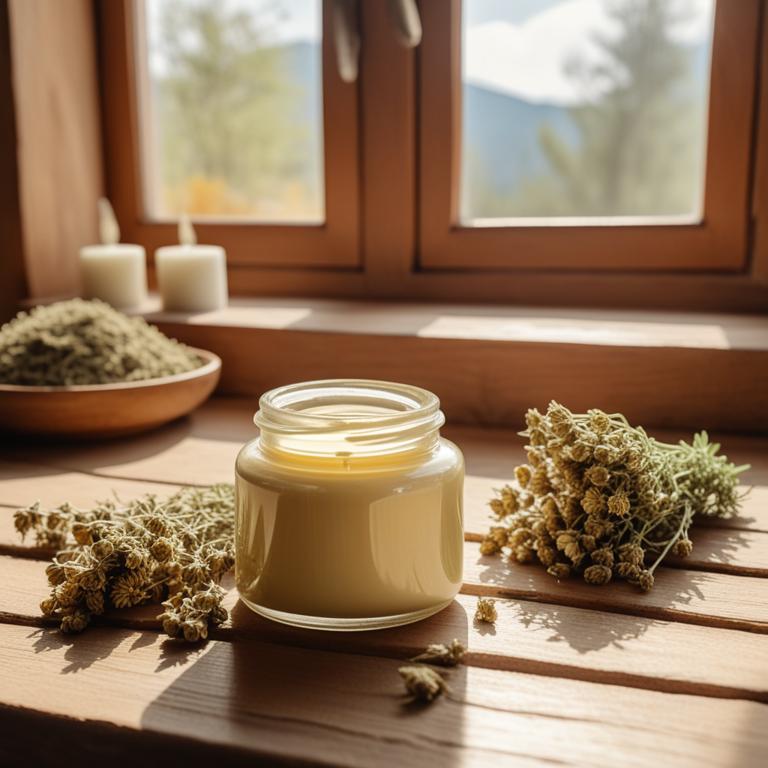
Chamomilla recutita creams are a popular herbal preparation used to treat dry lips, providing instant relief and hydration.
The anti-inflammatory and soothing properties of chamomilla recutita creams help to calm irritated skin and reduce dryness, making them an effective remedy for this common ailment.
The bioactive constituents of chamomilla recutita creams, including apigenin and bisabolol, possess anti-inflammatory and antioxidant properties that help to soothe and protect dry lips.
Regular use of chamomilla recutita creams can lead to improved lip health, reduced dryness, and a smoother, softer appearance.
5. Crocus sativus creams
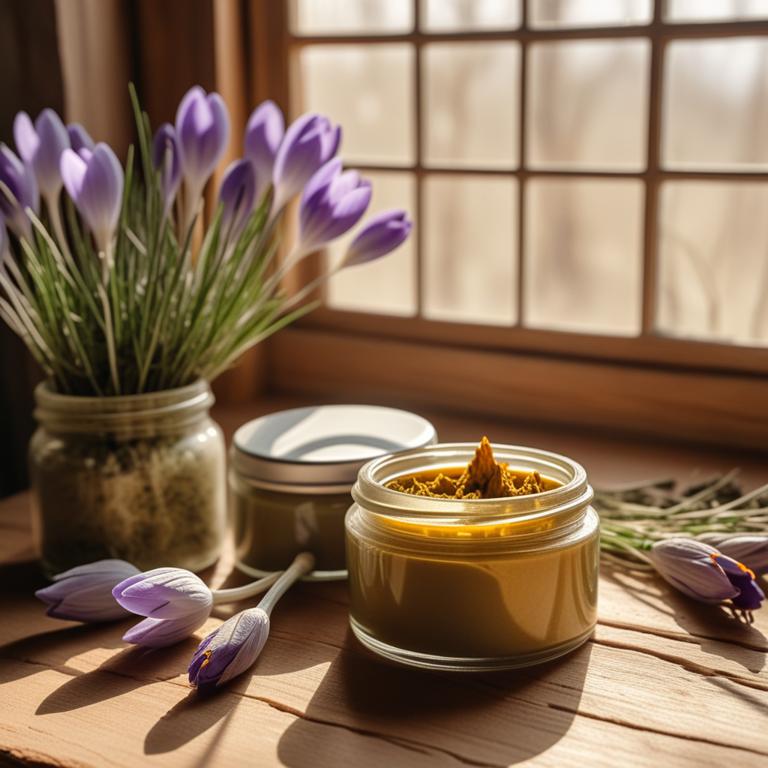
Crocus sativus creams have been used for centuries to treat the dry lips ailment due to their soothing and moisturizing properties.
The herbal preparation helps to treat this ailment by providing a protective barrier on the skin's surface, locking in moisture and reducing irritation.
The bioactive constituents of Crocus sativus creams, including anthocyanins and crocin, help to soothe and calm the skin, reducing inflammation and promoting healing.
The benefits of using Crocus sativus creams to treat dry lips include a significant reduction in symptoms, improved skin health, and a natural, chemical-free solution for those seeking an alternative to traditional treatments.
6. Echinacea purpurea creams
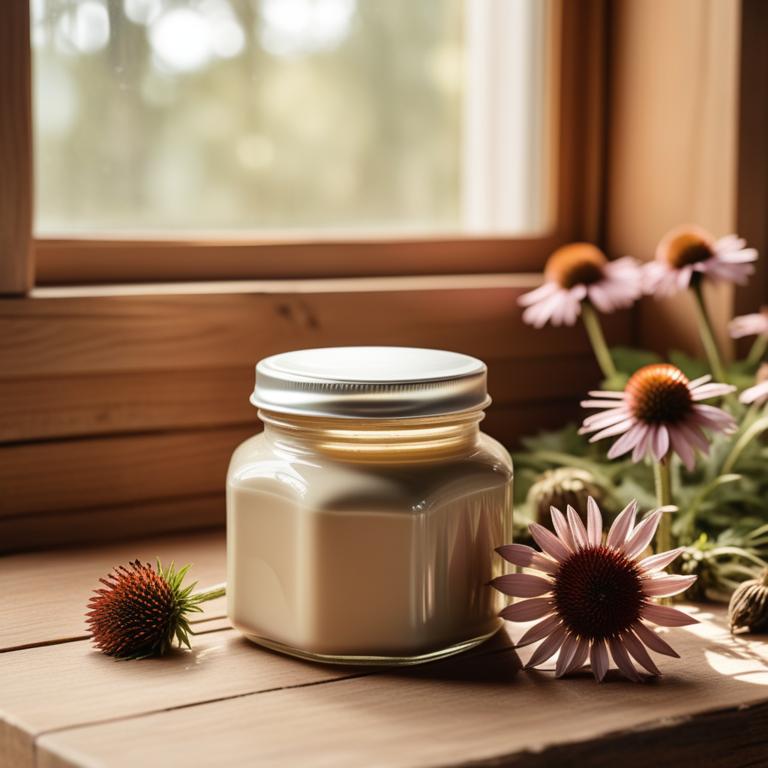
Echinacea purpurea creams, derived from the roots and flowers of the Echinacea purpurea plant, have been traditionally used to treat dry lips and other skin irritations.
The anti-inflammatory and antioxidant properties of this herbal preparation help to soothe and calm dry, chapped lips, reducing discomfort and promoting healing.
The bioactive constituents, including alkylamides, caffeic acid, and rosmarinic acid, exhibit potent anti-inflammatory and antimicrobial activities that aid in the treatment of dry lips.
The benefits of using Echinacea purpurea creams include accelerated wound healing, reduced inflammation, and improved skin health, making it a popular natural remedy for dry lips.
7. Eucalyptus globulus creams
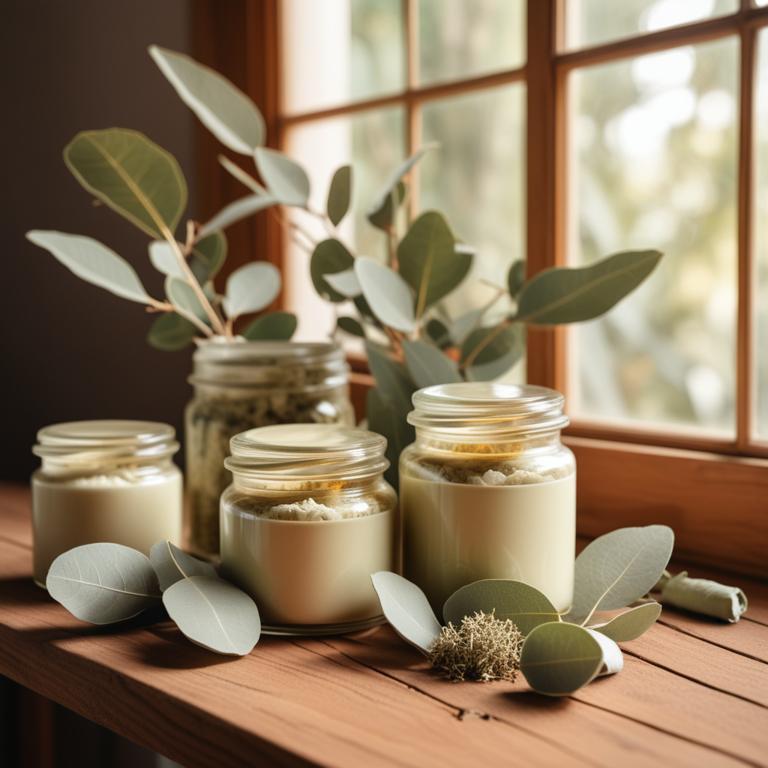
Eucalyptus globulus creams are a popular natural remedy for dry, chapped lips, offering relief from discomfort and promoting healthy lip repair.
The anti-inflammatory and antiseptic properties of Eucalyptus globulus help to soothe and protect the affected area, reducing redness and irritation.
The bioactive constituents, including eucalyptol, flavonoids, and phenolic acids, in these creams have been shown to provide moisturizing and protective benefits to dry lips, while also exhibiting antimicrobial properties that prevent infection.
By using Eucalyptus globulus creams, individuals can enjoy a range of benefits, including rapid relief from dry, chapped lips, improved skin health, and a natural, non-irritating solution for soothing and protecting their lips.
8. Hamamelis virginiana creams
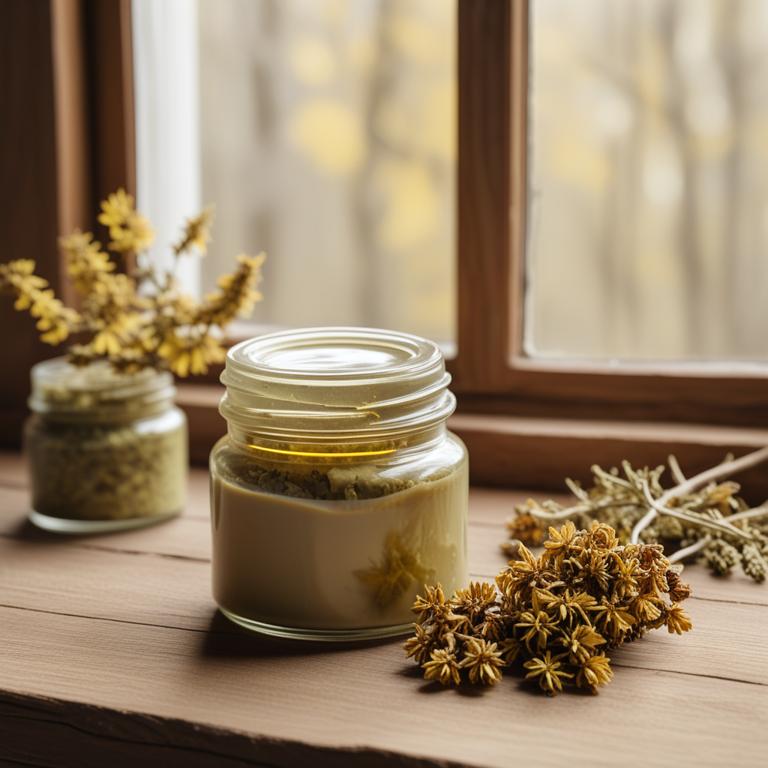
Hamamelis virginiana creams have been used to treat dry lips due to their anti-inflammatory and soothing properties, which help to calm and moisturize the affected area.
The herbal preparation, also known as witch hazel, helps to treat dry lips by reducing inflammation and redness, providing temporary relief from discomfort and pain.
The bioactive constituents of Hamamelis virginiana creams, including tannins and flavonoids, possess antimicrobial and antioxidant properties that help to protect the skin from infection and promote healing.
The benefits of using Hamamelis virginiana creams to treat dry lips include natural, non-irritating, and long-lasting moisturization, making it an effective and gentle remedy for this common condition.
9. Hypericum perforatum creams

Hypericum perforatum creams, derived from the St. John's Wort plant, are a popular natural remedy to treat dry lips due to its emollient and anti-inflammatory properties.
These creams help to treat dry lips by locking in moisture, soothing irritations, and protecting the skin from environmental stressors.
The bioactive constituents of Hypericum perforatum, such as flavonoids, phenolic acids, and terpenoids, contribute to its therapeutic effects, including its ability to stimulate collagen production and enhance skin hydration.
By using Hypericum perforatum creams, individuals can experience benefits such as improved lip comfort, reduced inflammation, and enhanced skin health, making it an effective and natural solution for dry lips.
Related Study
According to "Mini reviews in medicinal chemistry", Hypericum perforatum creams for dry lips may be beneficial due to their antioxidant and biological properties, which are also effective for wound healing.
10. Lavandula angustifolia creams

Lavandula angustifolia creams have been traditionally used to treat dry lips due to their soothing and moisturizing properties, which help to calm and hydrate the skin.
The anti-inflammatory and antimicrobial properties of this herbal preparation, attributed to bioactive constituents such as linalool and linalyl acetate, help to reduce inflammation and prevent infection.
By providing a protective barrier and locking in moisture, Lavandula angustifolia creams aid in the healing of dry, cracked lips and promote overall skin health.
Regular use of these creams can lead to significant improvements in lip health and reduced discomfort associated with dry, chapped lips.
11. Melissa officinalis creams
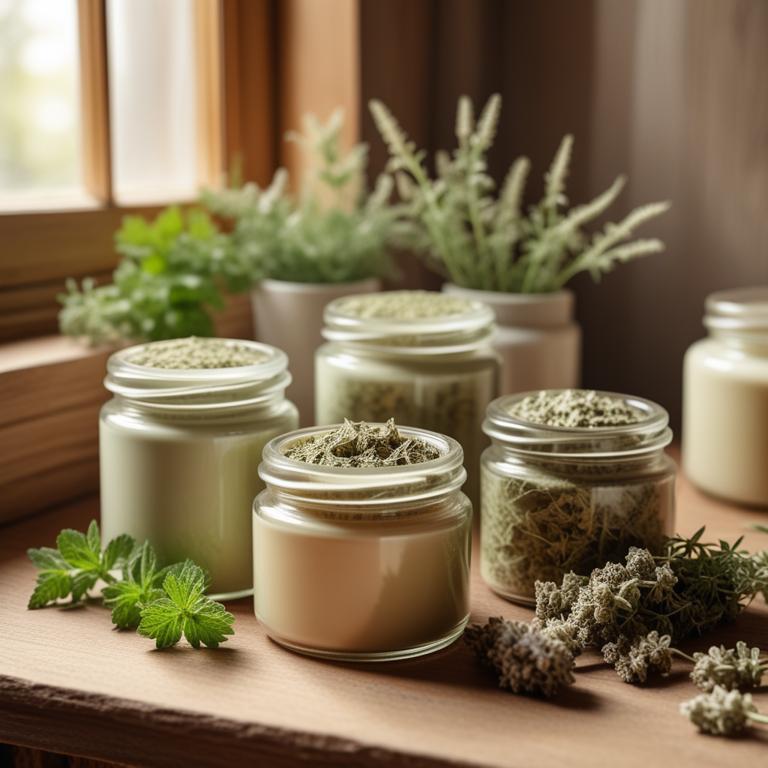
Melissa officinalis creams have been used for centuries to treat dry and chapped lips due to their soothing and moisturizing properties.
The herbal preparation of Melissa officinalis contains bioactive constituents such as linalool and beta-caryophyllene, which help to reduce inflammation and promote wound healing in the affected area.
These creams work by forming a protective barrier on the skin's surface, locking in moisture and reducing the risk of further dryness and irritation.
The benefits of using Melissa officinalis creams to treat dry lips include rapid relief from discomfort, reduced risk of infection, and a soothing and calming effect on the skin.